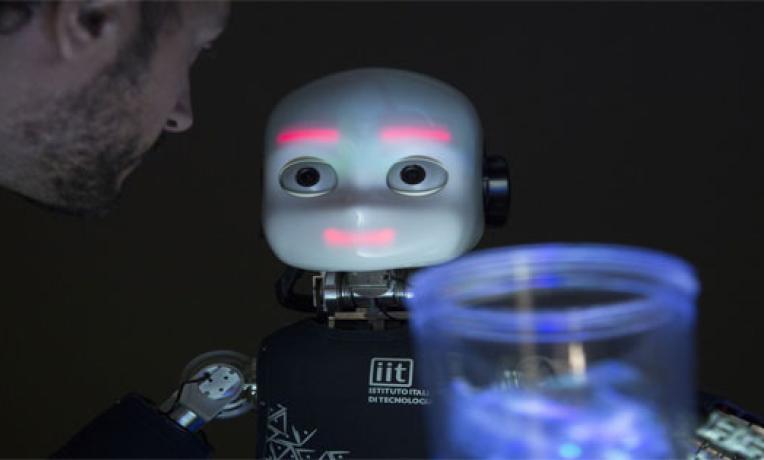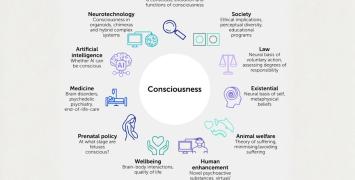AI all around us
Agnieszka Wykowska is a senior researcher of the Social Cognition in Human-Robot Interaction at the Italian Institute of Technology (Istituto Italiano di Tecnologia) in Genova, Italy. In 2016 she has been awarded an ERC Starting Grant for her project “Intentional Stance for Social Attunement” whose goal is to investigate if humans are ready to engage in social interactions with humanoid robots. Dr Wykowska will present her findings at the ERC's conference Frontier Research and Artificial Intelligence.

We've been hearing a lot about intelligent robots and AI for decades, but where are they?
Intelligent robots and AI are all around. They are not yet among us in daily life, but they operate our trains and airplanes automatically, and they run optimization algorithms that schedule the movement of goods across the globe. Robots are in our factories and recently even work alongside human workers. The appearance of robots it is entirely a matter of how we expect robots to look. If we expect research to deliver human-level AI, this has not happened yet and might not happen any time soon. The reason is that human-level AI is an enormously complex problem to solve, and therefore progress requires time.
If AI and robots are expected to be part of our daily lives, are we ready for them? Are we ready to engage in social interactions with robots and other forms of AI?
Readiness to engage in an interaction with a robot can be addressed at many levels. In our research, we focus on engagement at the level of fundamental mechanisms of social cognition. The idea is that if a robot can evoke similar behavioural and brain responses to those arising from a human – human interaction, this would be a marker of readiness to engage in a social interaction. Think, for example, of responding to eye contact. Humans are typically very sensitive to eye contact of others, and respond to eye contact by, for example, reciprocating it, with various durations, dependent on the social context. When passing by a stranger in a corridor we would exchange only a glimpse, but we would engage in longer eye contact with someone with whom we are intending to interact. Would a robot be able to detect and evoke similar behaviours in a human? Answers to this kind of questions will help in understanding how to evoke readiness to engage with a robot at the level of fundamental and often implicit mechanisms of social cognition.
How is interacting with AI and robots different from human to human interactions?
Given the limitations of the present-day AI, interaction with another human is certainly different to interaction with a robot. Robots are still far from being perceived as social interaction partners. The ability of humans to pick up subtle social signals, such as eye contact duration dependent on context, and react accordingly, is still out of reach for a robot. As long as such technology is not ready, engagement and bonding will be poles apart, given that the most fundamental level of cognitive and perceptual processes are sensitive to this type of difference.
What have you learned so far in your research?
In my research, we have observed that with the right context and behaviour, people are actually able and willing to socially engage with a humanoid robot, and even attribute mental states to it, such as the intention to win in a game. This shows that the human social cognitive system is flexible enough to respond even to artificial agents. At a more anecdotal level, we are often surprised how participants of our experiments interpret simple behaviours of the robot in a human-like way. We hear comments such as: “oh look, the robot is so shy!” when the robot moves its head down during interaction.
Are some cultures better prepared for dealing with robots?
One part of my ERC project is to examine inter-cultural differences in reception of robots. I believe that there are different attitudes towards robots in Western, as compared to Eastern cultures. This might be related to religion and ancient traditions, and also to mere exposure to robots. It seems that Eastern cultures are quite enthusiastic about robots and technology in general, while Western cultures seem to be more reserved and often fearsome. These, however, are only hypotheses that still need to be tested within my research agenda.
Why is it important?
I think that robots can be extremely useful tools with various societal applications. We are currently facing shortages of manpower in areas such as healthcare or care of the elderly. Robots offer a perfect solution to assist us in routine and simple tasks, allowing human caregivers to have more quality time for patients. In this context, we should put effort into designing robots that can be of help to society. However, before they can be of use, we need to make sure they are well designed for their purpose. This is where a science-driven approach is indispensable.






